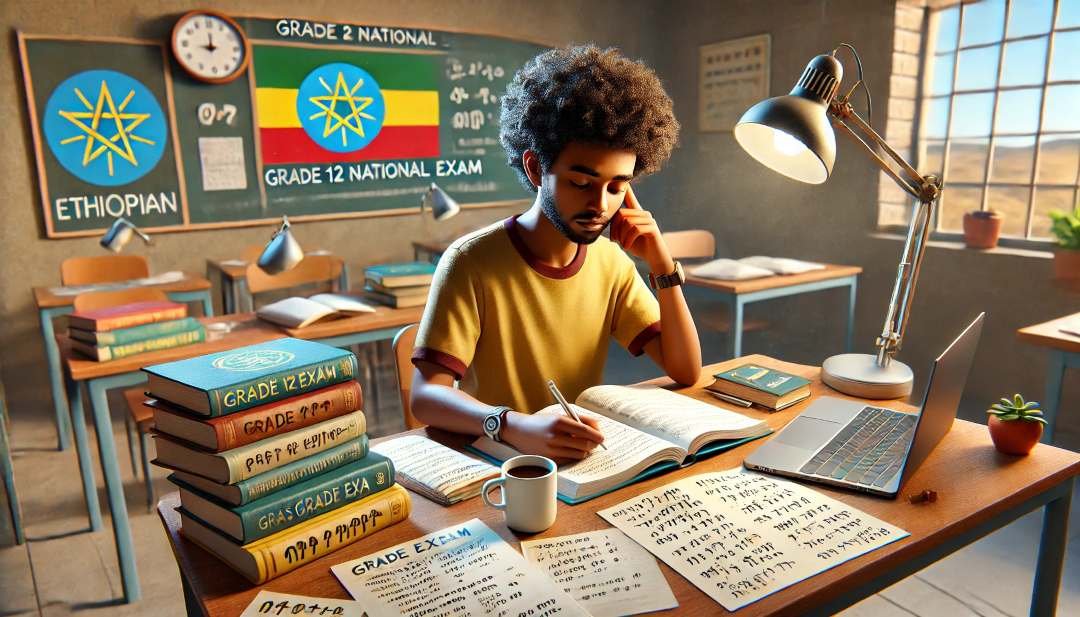
What Is Computer Vision?
Computer Vision (CV) is a field of Artificial Intelligence that enables machines to see, interpret, and understand visual information, just like humans.
✅ It uses cameras, algorithms, and AI to process images or video
✅ Recognizes objects, people, gestures, text, and more
✅ Powers apps like facial recognition, smart cameras, and medical imaging
📸 1. What Can Computer Vision Do?
✅ Object Detection – Identify and locate objects in images
✅ Image Classification – Predict what’s in a photo (e.g., “dog”, “car”)
✅ Facial Recognition – Recognize people from face images
✅ OCR – Read text from images (e.g., ID cards)
✅ Motion Detection – Spot changes in video
✅ Scene Understanding – Identify scenes (street, classroom, etc.)
🧠 2. Real-World Use Cases (Global + Ethiopia)
In Ethiopia, CV can support agriculture, security, healthcare, and education systems.
🔧 3. Popular Python Libraries for CV
🔍 4. Basic CV Workflow
Capture or Load Image
import cv2
img = cv2.imread("photo.jpg")
Preprocess ✅ Resize, grayscale, remove noise
Feature Extraction ✅ Detect edges, shapes, or faces
Classification or Detection ✅ Use AI model to identify what's in the image
Display or Save Result ✅ Show processed image or save to file
📷 5. Key Concepts in CV
🧠 6. Deep Learning in Computer Vision
Modern CV uses Convolutional Neural Networks (CNNs) for:
✅ High accuracy in image classification
✅ Object detection (YOLO, SSD)
✅ Semantic segmentation (coloring each pixel based on class)
Example:
from tensorflow.keras.applications import MobileNetV2
model = MobileNetV2(weights="imagenet")
📦 7. Projects You Can Build
✅ Face detection for class attendance
✅ Object counting (e.g., sheep or cattle)
✅ Sign language or gesture recognition
✅ OCR to digitize Amharic books or IDs
✅ Smart farming app using plant image classification
💼 Careers in Computer Vision
✅ CV Engineer
✅ AI/ML Engineer
✅ Robotics Developer
✅ Automation System Designer
✅ Data Annotation Specialist
✅ Image Processing Researcher
🌐 Bonus: CV Challenges in Ethiopia
✅ Low-resolution images
✅ Multilingual text (Amharic, Afaan Oromo)
✅ Lack of labeled datasets
✅ Limited access to GPU computing
But with growing interest and global tools, CV is becoming more accessible to African developers.
Comments (0)
Categories
Recent posts


Ethiopian Coders Initiative: Free Coding ...
18 Mar 2025
Grade 12 Exam Preparation Ethiopia | ...
18 Mar 2025
How to Make Money Online in Ethiopia | ...
18 Mar 2025




